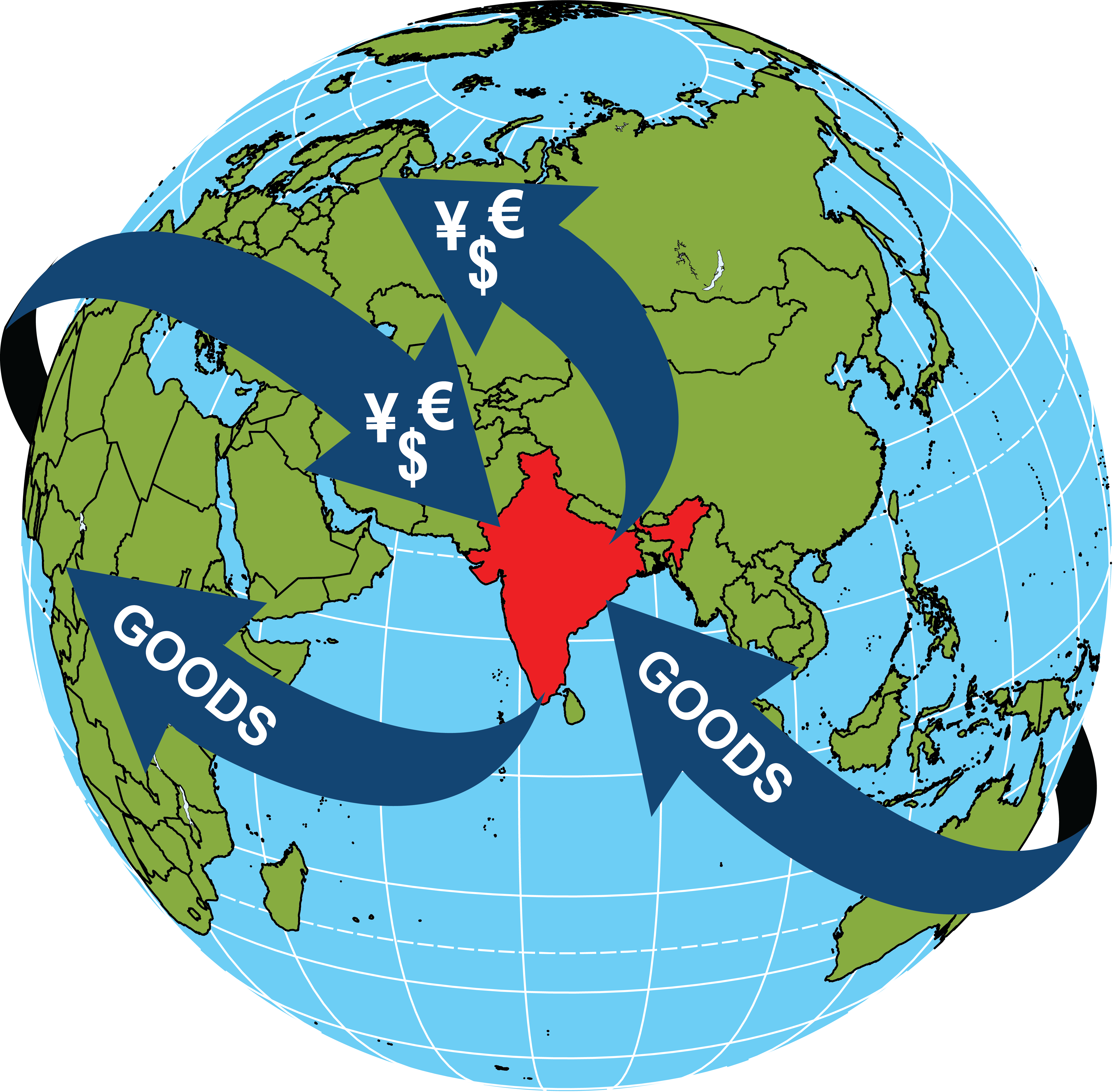Economy and Trade
What Is It?
The trade balance is the monetary difference between a country’s exports and imports.
How Is It Calculated?
The trade balance of payments is calculated by subtracting the total value of a country’s imports from the total value of its exports over a set period of time.
Trade Balance of Payments = Exports - Imports
Exports is a calculation of the value of a) physical merchandise, including freight and insurance, and b) services, including royalties, license fees, communication, construction, financial, information, and government services, that originate in one country but are purchased and consumed by individuals, businesses, and governments of foreign countries.
Imports is a calculation of the value of a) physical merchandise, including freight and insurance, and b) services, including royalties, license fees, communication, construction, financial, information, and government services, that originate in other countries but are purchased and consumed by individuals, businesses, and government entities of the subject country.
What Does It Mean?
- A country has a trade surplus when it exports more than it imports.
- A country has a trade deficit if it imports more than it exports.
The issue of a country’s trade balance of payments, however, is hotly disputed by economists, politicians, businesses, and the public.
- A trade surplus has the potential to create economic growth and increased employment and wages. However, it can also lead to inflation and increased prices.
- A trade deficit allows a country to consume more than it produces. However, it can also lead to balance of payments problems and unemployment.
- The notion that bilateral trade deficits are bad in and of themselves is overwhelmingly rejected by trade experts and economists.
Copyright © 1993—2025 World Trade Press. All rights reserved.

 India
India 